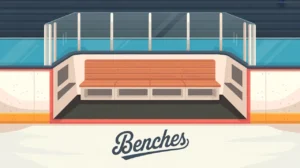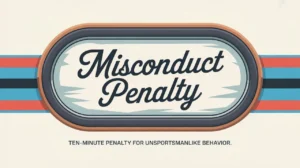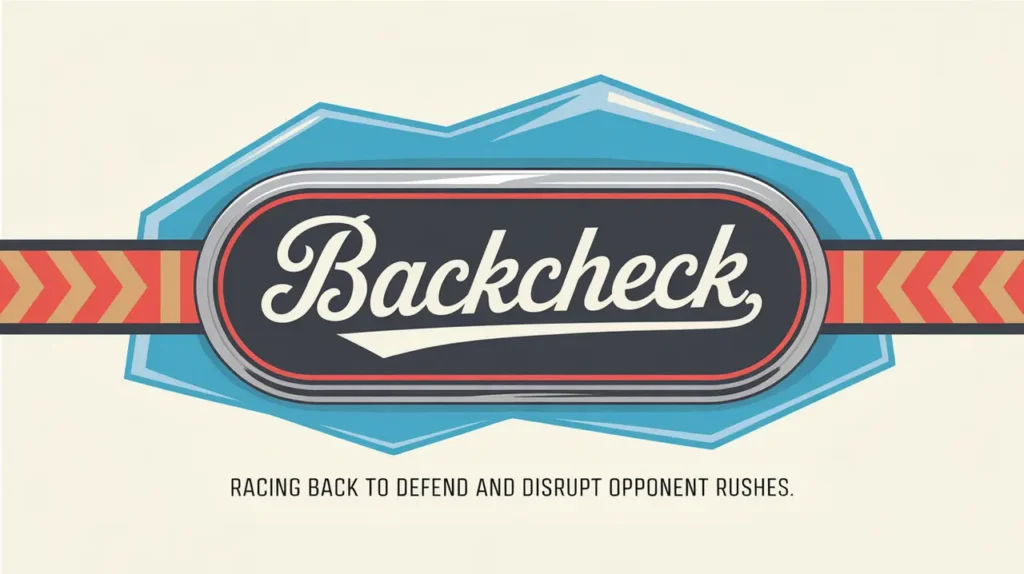Jim’s Intro to Running Clock
Hi folks, Jim here, the only commentator who once challenged a clock to a 50 yard dash, only to discover that’s not what “running clock” means.
What is running clock?
Running clock is a timekeeping format where the game clock continues to run even during stoppages, such as whistles, goals, or offsides. It’s typically used in youth hockey, recreational leagues, or lopsided games to keep things moving efficiently and manage time within scheduled ice slots.
How does it work?
Running clock simplifies timing but changes game dynamics:
- Continuous Time: The clock does not stop for normal whistles, goals, or minor penalties.
- Time Efficiency: It ensures games finish within strict ice rental windows, common in youth and house leagues.
- Goal Differentials: Some leagues use running clock once a team leads by a certain number of goals (e.g., 5 or more).
- Penalties Adjusted: Penalty times are often reduced or begin immediately when the infraction occurs to keep things fair.
- Final Minutes Exceptions: Some leagues stop the clock in the last 1–2 minutes if the score is close.
- Strategic Simplicity: Teams have less control over tempo, and time management becomes straightforward but unforgiving.
How do you make good decisions with it?
- Be Aware of the Clock: Every second counts. There’s no pause to regroup after whistles.
- Limit Mistakes: Turnovers and penalties eat valuable time you can’t get back.
- Change Quickly: Line changes must be efficient to maximize active play time.
- Stay Focused: Distractions between whistles hurt more since the clock keeps ticking.
- Adjust Strategies: Late-game tactics shift toward urgency earlier.
How do you master it?
Mastering running clock is about efficiency and focus. Teams that understand the format keep shifts tight, avoid unnecessary whistles, and stay mentally engaged throughout. Coaches emphasize quick transitions, smart puck decisions, and minimal downtime.
What does it look like when done right?
A well-managed running clock game feels fast, clean, and steady. Play flows continuously, mistakes are minimized, and both teams stay engaged without lengthy pauses or momentum drags.
Commentator’s Corner
Jim’s Take
Running clock hockey is like playing on a treadmill. Once it starts, it doesn’t slow down. You’d better keep your legs and your brain moving.
Parent Tip
Help younger players understand that they have less time to react. Awareness and hustle are key.
Player Tip
Stay sharp between whistles. Every second you lose is gone for good.
A Final Thought
Running clock changes the rhythm of the game, rewarding teams that play efficiently and stay focused. It might not have the drama of stop-time, but it sharpens every decision you make.









